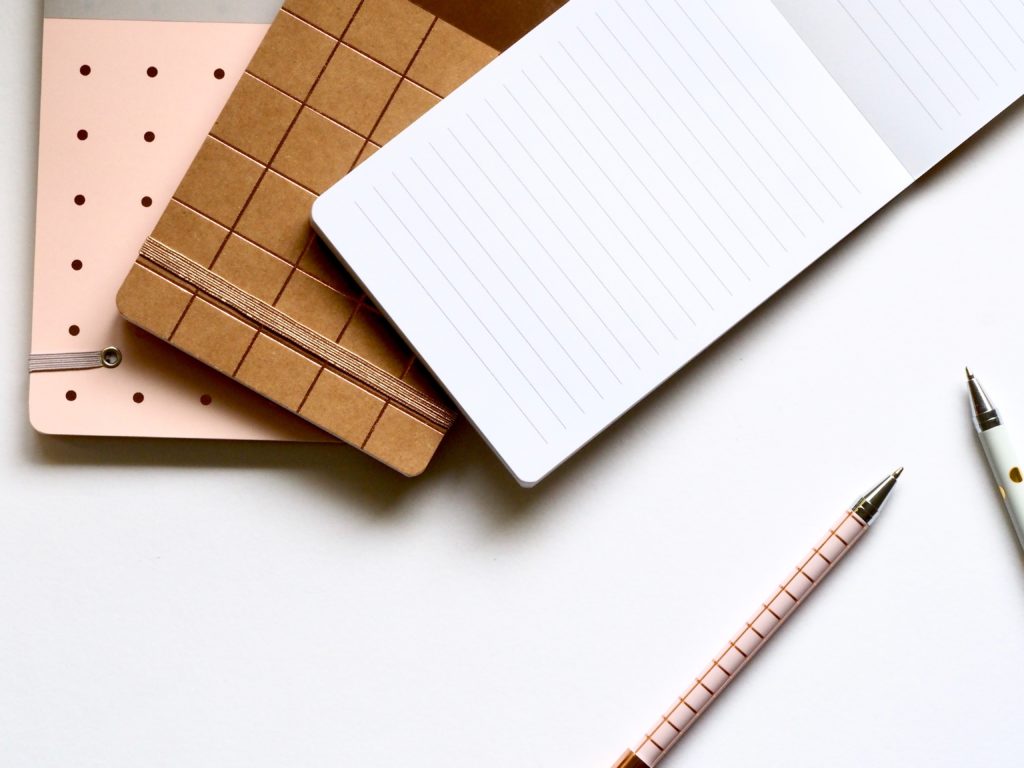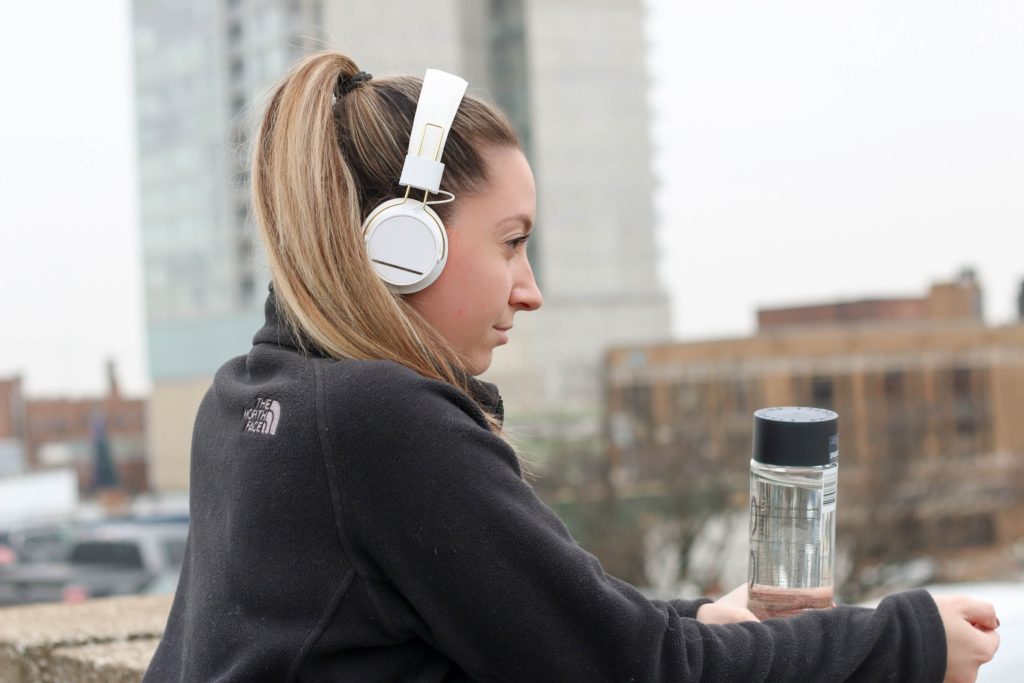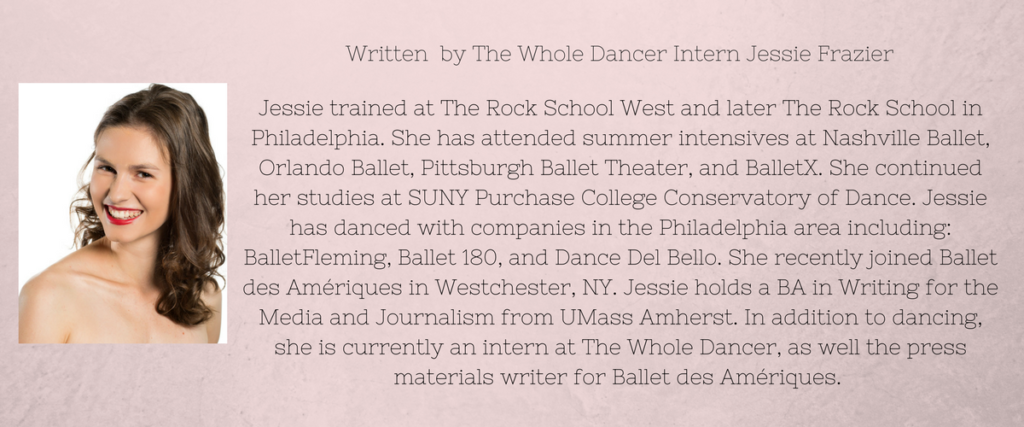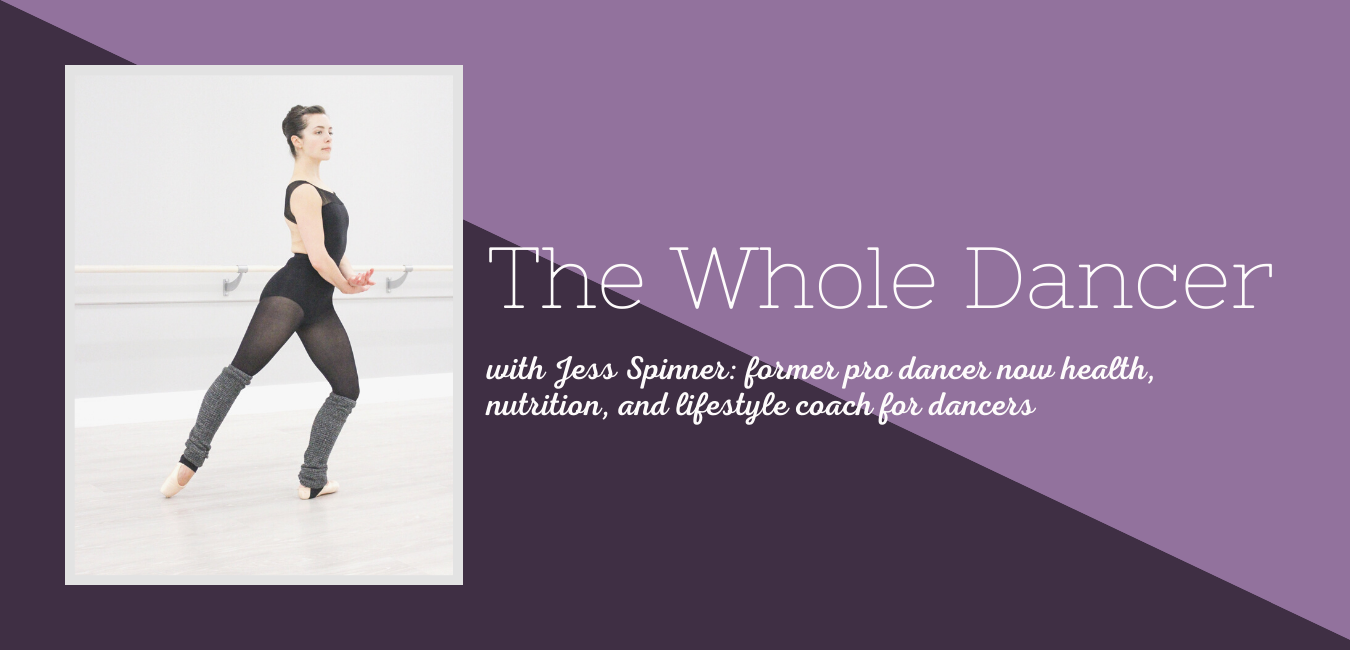How to Improve Your Memory
From very early on in our dance training, dancers are told that their number one job is learning the choreography. Learning the choreography is just as important as building proper technique, if not more. Your ability to learn and remember choreography can make or break your career.
Many choreographers would rather hire a dancer that is smart and can learn faster than a dancer who has the cleanest technique in the world.
That being said, how do you improve your choreographic memory?
With today’s technology many dancers rely on taking videos in rehearsal. It’s an easy way to record choreography with minimal work beyond pressing a button. It’s right there on your phone or computer to review at any time. But what if the video doesn’t record properly, your phone dies, or the choreographer doesn’t allow rehearsals to be videoed? What now?
Grab a Friend
The first resource you should always use when learning and reviewing choreography is your fellow dancer. Ask someone who has the spot next to you or is your alternative cast for group pieces.
They might not know exactly what your steps or spots are, but they can at least help you fill in the memory blanks you might be having. Reviewing together can help you understand the choreography as a group and better move together as a corp de ballet.
If you’re working on a variation, review with someone who has performed it before (unless it’s a premiere); if it’s possible, work with the person that the piece was originally created on. They will remember tiny details that the choreographer imparted on them when they first created the piece that might not have been passed to later casts – now that’s something you can’t learn from videos. Ask them every question you can think of: the sequence of steps, transition steps, the intention of the piece, tips for stamina, etc.
Write it Down
Write down your steps after learning new choreography. Have a notebook in your dance bag with you at all times. Spend time after class or rehearsal writing down steps, corrections, and notes. You can reference your notebook any time and it never runs out of battery. The notes will really come in hand when you revisit the piece at a later time.

To understand memory better I talked with Zachary Gursky, PhD candidate at University of Delaware’s Behavioral Neuroscience Program. Gursky explains: “The act of engaging the brain by writing down the choreography after you learned it imprints the choreography into the cells of the brain that are responsible for memory.”
There are cells in the brain (specifically in the hippocampus) are in charge of memory. The cells fire as you move. The order that the cells fire changes for each sequence of steps.
“Every time you bring it out [recall the choreography] the imprint increases in the cells, writing increases that imprint. Writing steps down makes you understand moving from position X to position Y, not just relying on muscle memory, ” says Gursky.
Listen to the Music
Ask the choreographer for a copy of the music. Unless it’s original music, you could most likely find it on Spotify, Apple Music, Youtube, or any other music streaming service. Listen to the music and visualize the choreography (or mark if you have space). Listen to the music on your commute, while you’re making dinner, at the gym. Live and breathe the music.
Gurksy stresses that while listening to music to help remember choreography must be active: “Having the music passive in the background will not help your memory as much as active, intentional listening. It is important that there is intension and effort while recalling choreography in relation to the music.”

Marking and thinking through the steps with the music creates a mental connection between music and the choreography. By combining the choreography and music in your head, you strengthen the order of the memory cells firing in your hippocampus. Also, if you get lost at any point while performing, you can rely on your in-depth knowledge of the music to find your way back.
Review Before Bedtime
According to “Psychology Today”, a study in France showed that the best time to study information is before going to sleep. In the study, participants learned Swahili words and were asked to pair them with the French translation. The group that slept in the 12 hours between learning the words and the test did better both within a day of learning and six months later when they were quizzed again, than the group that did not sleep.
As you sleep, your short-term memory (events or information that you processed during that day) converts into your long-term memory (memories that stay with you longer than a few days). By reviewing right before bed, the choreography is more likely to convert to your long-term memory.
Additionally, the amount of sleep you get can affect your short-term to long-term memory conversion. No study has nailed down exactly how much time you need to sleep to obtain optimal short to long-term memory conversion. However, in a “Scientific American” article, Assistant Professor at University of Texas at Austin’s Center for Learning and Memory, Alison Preston, discusses how studies have found that sleep improves remembering word pair associations and visual navigation. She continues on to say that sleep depravation compromises the hippocampus’ new memory creation.
What’re your tricks for learning choreography and sharpening your memory for dance?? Share in the comments below!

